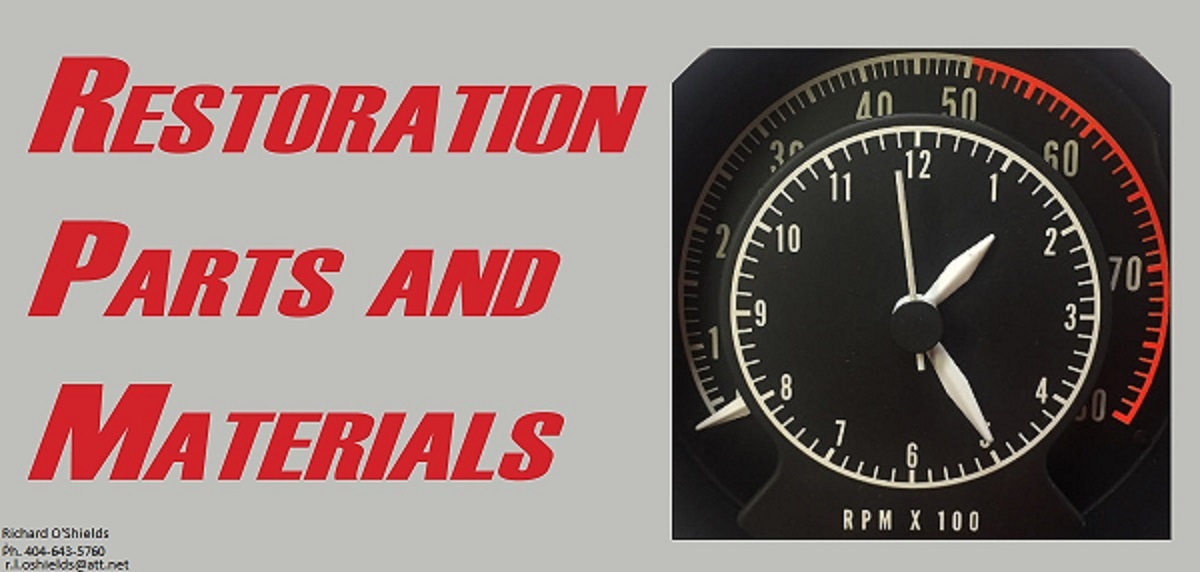To addd to your "spec" knowledge, head over to
www.hamtramck-historical.com and search the Liberary for the "AMA Data Book" for your car, or one similar to it. There is a section on Brakes, plus other vehicular systems. Quite informatio0nal as to what got what.
Rock Auto is a really good resource of what's available, BUT I've observed some gaps. In looking at the OEM-level brake lining suppliers, it seems there are some "between the lines" situations there, too, from what I've seen. So using THEM as the "holy grail" of information might not be completely good to do.
As for stopping power, I don't suspect you've ever locked=up ALL FOUR wheels on a C-body Chrysler before. Back when stopping power was much more about the frictional interface between the tires and the road surface. Any "anti-lock" was "analog" with your braking foot doing the modulation rather than a computer. When "skill" was important.
So, for what they were, the OEM production brakes on the '65-'68 C-body cars were pretty good, especiall for that "first stop", from my experiences. But, of course, our cars had power brakes rather than manual brakes. IT took a "trained foot" to not lay rubber stopping AND they didn't loose braking power at the sight of a mud puddle like many GM cars did, either.
In general, there were THREE sizes of C-body front drum brakes. 2.5, 2.75, and3.0" wide. There were a few less wide drum brakes for the rear, 2.0", but also went up to 3.0" wide on HD/police vehicles. Per the AMA book, 60% of braking was on the front wheels, with 40% being on the rear wheels. Not uncommon for the rear wheels to lock-up first, either.
Check some of the old road tests and I believe you'll discover that even with the older, narrower-tread tires of yester-year, stopping distances from 60mph (the standard back then) were pretty decent. For fade resistance, it was metallic brake linings, as many of the police cars had back then. BUT using those shoes for staging at a drag strip was pretty difficult as they took HEAT to work their best.
Factory disc brakes happened for better fade resistance without having to go to metallic linings, back then. In more modern times, they are also a bit lighter, I suspect. In other words, in a world where 4-wheel power disc brakes are "the norm", seeing something less than that is perceived to be "sub-standared", but as even THEM have been downsized with more agressive pads to make up the difference, brake jobs have become less durable and more costly, from my own experiences.
With either drum or disc brakes, the key is having either system in the very good condition they need to be in, considering they are a "safety-related" system. Then, finding their respectrive capabilities and driving accordingly.
DO continue on your journey to rebuild the brakes on your Plymouth. It'll be worth it when you're done. Just don't resume that some aftermarket system is going to be a "magic bullet" to make something better, as a magazine article might claim. As some have discovered, they spent a lot of money and things didn't work as well as they did before with the OEM stock items. On the other hand, adding an OEM-spec factory power brake booster and matching master cylinder to replace your non-power system, was an upgrade, even back when the car was new (almost all OEMs had such "accessory kits" for that, back then).
ALSO pay attention to how your car is designed and constructed. That is one aspect of Chrysler Products that is exceptional, when compared to similar GM products, by observation. Each OEM has their own quirks and idiosyncracies, though. Just that those are more well-known about Fords and GMs, though. The Chrysler-specific items are more well-known in groups such as this, by observation. In other words, some who seek to "fix" a Chrysler product as they might a similar Ford or GM product usually discover it doesn't always work well, that way. Especially on the newer stuff.
So, keep on with your project. Enjoy "the ride" and live to tell about it.
Enjoy!
CBODY67
















